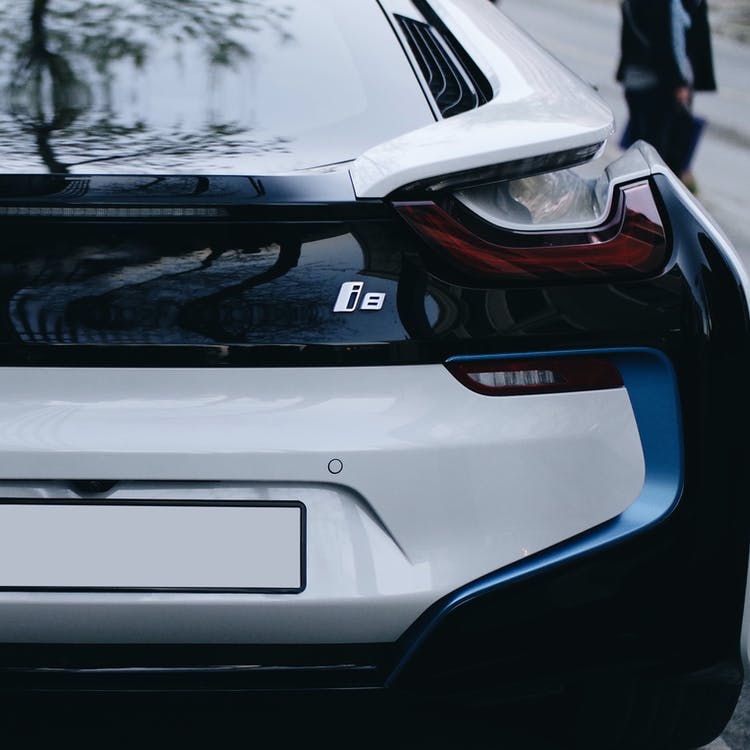By JAMIE BROOME
Over the last 20 years, mobile phones have evolved from something as simple as the Nokia 3310 with its basic monochromatic LCD display to the modern touch enabled supercomputers in our pockets. Silky-smooth user interfaces, seamless updates, and an explosion of features and applications on smartphones combine with modern ownership models and app stores to create a obviously beneficial rich environment for the user.
Are electric vehicles (EVs) following suit with their design journey and when will they become an equally essential part of our daily lives?
Keeping you moving when you need and not a mile more.
Cars on average have seen an 8-10 year ownership cycle, imagine if you had a phone or a laptop that didn’t update its software, firmware and other features for that long. Very quickly it would feel archaic.
One of the biggest ways in which EVs are becoming more and more like smartphones is the way in which people own and finance their vehicle. Many people in cities and built up areas don’t necessarily need a vehicle at all times, and even those that do own a vehicle for a commute or daily travel don’t know what their lives will look like in three months-time, let alone the three years most lease hire agreements last for.
Services are already coming along where you can lease a vehicle on either a rolling basis, a per hour or even per mile basis. Much like modern smart phone contracts, plans can be built with minutes, data, and hardware as their own controllable and granular sections of the contract agreement. This allows mobile phone owners to always be on the cutting edge of what is out there. This same school of thinking is being adopted by automakers in making sure no matter how you purchase a vehicle you can get the most up to date device and services.
Giving the people what they want.
With this rise in drive and drop services and an ever-increasing expectation of quality in EV’s across all price points we are witnessing another dynamic shift very similar to that seen in smartphones a few years ago. It used to be if you wanted an amazing fully featured smartphone you had to pay for the best and boldest flagship handsets. More affordable handsets were severely lacking in features, until a rise in high-quality mid-range handsets from manufacturers like Xiaomi, Huawei, and Honor completely transformed this dynamic.
This has been mirrored in the automotive dimension in the last few years. It was always the case, that the highest spec internal combustion powered cars would receive a suite of premium features. These vehicles began to set ever higher benchmarks for quality and features, as ADAS became cheaper and more commonly expected we reached a point where even modestly priced vehicles felt very premium. This has meant that whatever price point the consumer enters the market for an EV they have come to expect stand out premium features, next generation connectivity, and gorgeous infotainment and visual experiences. Even the most basic EVs come with large displays digital dials and a plethora of ADAS features. So how does an automaker keep the quality bar high without pricing themselves and their customers out of the market?
It has been shown that responsiveness in touch and visual systems has a huge impact on user satisfaction, so a simple way to raise the quality bar is to make the Human Machine Interface (HMI) as responsive and intuitive as possible. This burden falls heavily on the graphics processing capabilities of the underlying electronic control units (ECU’s) and the Systems-on-Chip (SoC’s), and just like the mobile phone dimension, it was the platform focused high powered GPU’s that drove this advancement.
And again, across both dimensions power consumption has been a critical consideration. EVs need to find a highly efficient systems. The best way to achieve this is to use a building block designed with the platform in mind to meet all these challenges. Automotive SoCs need this design philosophy from the get-go, with feature like isolated processing containers and multi-core, multi-purpose scalable elements, we can create a functionally safe power efficient environment.
GPU virtualization is key to this isolated environment whilst maintaining every bit of performance. It allows a mix of different safety and non-safety related applications, even completely separate operating systems (OS’s) to run on a single GPU. This is a huge step forward even beyond a smartphone, running OS’s and real-time OS’s (RTOS’s) whilst also providing walled gardens for infotainment and social content.
Always Connected, Always Updated.
Modern cars, and especially EVs are as much software platforms as they are hardware platforms. With every aspect of a vehicles features and operation connected, or soon to be connected these systems linkages exponentially increase the amount of data around the vehicle. Finally, the data escapes the confines of the car out into the ever more connected world. This massive movement of data is sparking somewhat of a revolution in data transfer.
Ethernet is increasingly becoming the winner for all this data to be quickly and most importantly safely, moved around the vehicle. This is thanks to its unparalleled scalability and the proliferation of this technology across all walks of life. With a fundamental understanding of how to deploy it at scale, it becomes an obvious solution to challenges in this space.
Over the Air (OTA) updates have been a staple of the smartphone and are now becoming more common in vehicles. With built in external connectivity like ultra-fast WiFi or 5G cellular, your car, much like your phone, will update overnight whilst it charges, and you are in bed via the high speed data links.
This unlocks a wealth of possibilities for car manufacturers. As software evolves, and new features become possible, they can be pushed down to the vehicle. This could be as simple as new skins for your cockpit displays or something as transformative as being able to enable enhanced advanced driver-assistance system (ADAS) features like automated reverse parking or enhanced highway cruise control.
Unlocking the potential of any EV.
In the future, a vehicle experience will no longer lock you into a static point in time, especially in the fast-moving world of automotive tech. Whether it is moving from one car to the next or seeing your current vehicle unlock features each morning there is one thing that will be required above all to keep this moving, automotive focused, flexible SoC’s.
Link: https://www.embedded-computing.com/guest-blogs/is-the-ev-the-new-smartphone
Source: https://www.embedded-computing.com
















Leave a Reply